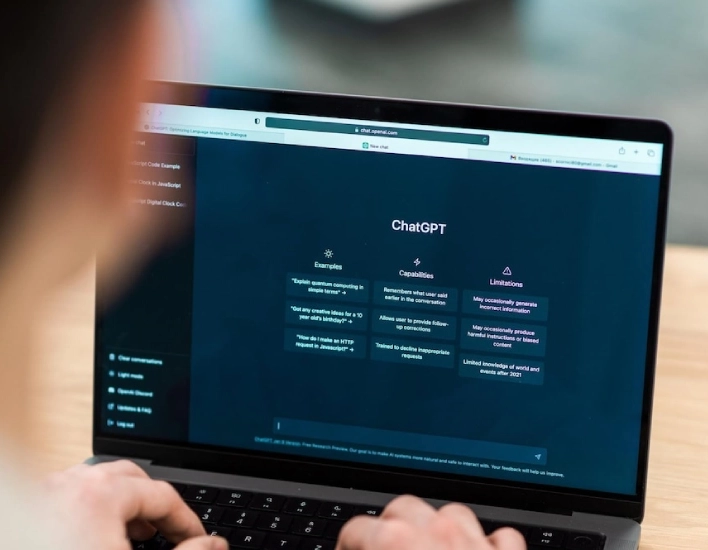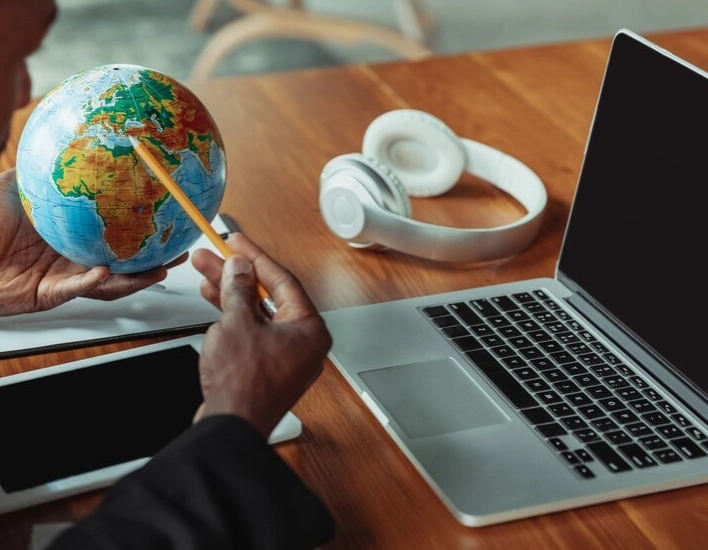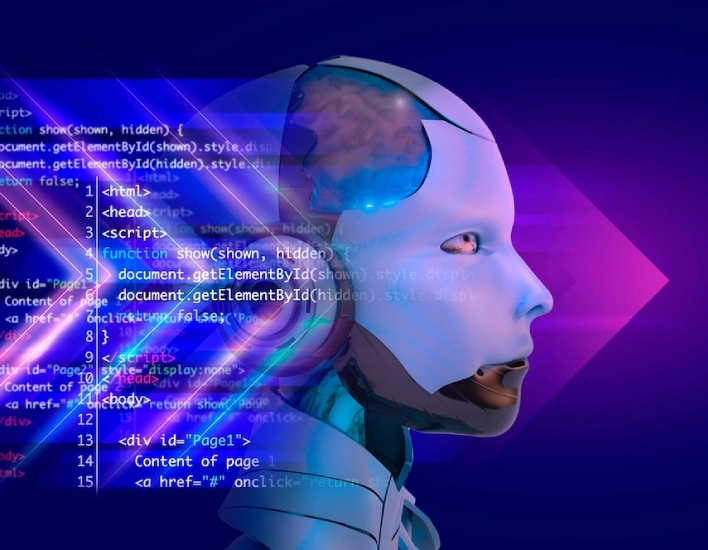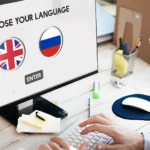
How AI Translation Tools Are Shaping Content Trends in 2025
- Developer
- February 20, 2025
- Translation
- 0 Comments
In 2025, AI translation tools have revolutionized the way we communicate, breaking language barriers and reshaping global content creation. With advancements in machine learning, natural language processing (NLP), and real-time translation, these tools are not only improving accuracy but also transforming how businesses, content creators, and everyday users interact across different languages. But how exactly are AI translation tools shaping content trends this year? Let’s explore.
How Are AI Translation Tools Evolving in 2025?
AI-powered translation tools have made significant strides in recent years. In 2025, we see:
- Enhanced Context Awareness: AI models now understand cultural nuances, slang, and industry-specific jargon better than ever.
- Real-Time Translation: Speech-to-text and live voice translation features are making global conversations seamless.
- Multimodal AI: Translation is expanding beyond text to include images, videos, and even sign language interpretation.
Key AI Translation Players in 2025
- Google Translate: Continues to refine deep learning-based translation.
- DeepL: Known for high accuracy and natural-sounding translations.
- ChatGPT & OpenAI Translation Models: Advanced AI assisting in contextual and creative translations.


What Content Trends Are Emerging Due to AI Translation?
AI translation is influencing several content trends, including:
1. Rise of Multilingual Content
Businesses and influencers are creating content in multiple languages to expand their audience reach. Websites, blogs, and video platforms now provide AI-generated translations to cater to global viewers.
2. Localization Over Direct Translation
Instead of word-for-word translations, AI tools focus on localization, ensuring that content is culturally appropriate and resonates with specific audiences.
3. AI-Powered SEO Optimization
AI-assisted translation is helping websites rank in multiple regions by optimizing keywords for different languages and search engines.
How Are Businesses Leveraging AI Translation for Global Reach?
1. E-Commerce Expansion
Companies like Amazon and Shopify are using AI translation to provide multilingual product descriptions and customer reviews, making shopping seamless for international customers.
2. AI in Customer Support
Chatbots powered by AI translation now handle customer inquiries in multiple languages, improving customer service efficiency.
3. Marketing & Social Media
Brands are using AI-powered translation to create ads, captions, and promotional content in various languages without hiring large translation teams.
Does AI Translation Replace Human Translators?
AI translation is improving, but does it completely replace human translators?
Strengths of AI Translation:
- Fast and cost-effective.
- Handles high volumes of content instantly.
- Useful for informal or general translations.
Limitations:
- Struggles with creative, legal, and highly technical translations.
- May misinterpret cultural nuances.
- Requires human oversight for quality assurance.
The hybrid model—where AI assists human translators—is becoming the preferred approach in many industries.
What Are the Challenges and Limitations of AI Translation?
Despite its progress, AI translation still faces several challenges:
- Accuracy Issues: AI sometimes struggles with idioms, sarcasm, and cultural expressions.
- Ethical Concerns: Bias in AI models can lead to inaccurate or insensitive translations.
- Legal and Compliance Risks: Some industries, like healthcare and law, require strict regulatory compliance, where AI translations must be carefully validated.
Real-World Examples: How Companies Use AI Translation Tools
AI translation is already being used by top content agencies to expand global reach. Alef Creates, a content creation agency, is leveraging AI-powered translation tools to craft high-quality multilingual content for its clients. Here are some real examples from their work:
1. AI-Driven Arabic Content Creation for Global Brands
Alef Creates helps international businesses translate and localize their brand messages into Arabic while maintaining cultural relevance. AI translation tools are used for the first draft, and human editors refine the content to ensure accuracy and emotional impact.
2. Multilingual Social Media Marketing for Brands
The agency uses AI translation for fast content adaptation, allowing brands to post social media content in multiple languages simultaneously, enhancing global engagement and brand visibility.
3. AI-Assisted Translation for Video Subtitles
By integrating AI-powered speech-to-text translation, Alef Creates helps brands add multilingual subtitles to their videos, making content accessible to diverse audiences worldwide.
These examples demonstrate how AI translation isn’t just a futuristic concept—it’s already being actively used to scale global content strategies.
What’s Next for AI Translation and Content Creation?
Looking ahead, AI translation is expected to continue transforming the content landscape with:
- AI-Powered Video & Audio Translations: Automated voice dubbing and real-time subtitles for global video content.
- Integration with Augmented Reality (AR) & Virtual Reality (VR): Real-time translations in immersive digital environments.
- More Personalized Translations: AI adapting translations to match a user’s preferred tone and writing style.
Conclusion: The Future of AI Translation in Content Trends
AI translation tools are no longer just convenience tools—they are shaping how we create, distribute, and consume content globally. From multilingual SEO to real-time video translations, businesses and individuals are leveraging AI to communicate more effectively across borders.
Frequently Asked Questions (FAQs)
01 Are AI translation tools 100% accurate?
No, AI translation tools have improved significantly, but they still make mistakes, especially with idioms, cultural nuances, and highly technical content. Human oversight is often needed.
02 Which AI translation tool is the best in 2025?
The top AI translation tools in 2025 include DeepL, Google Translate, ChatGPT-powered translation, and Microsoft Translator. The best tool depends on the language, use case, and required accuracy.
03 Can AI translation tools be used for business contracts and legal documents?
AI translation tools can assist with draft translations, but legal documents require human verification due to potential mistranslations that could have legal consequences.
04 How does AI translation impact SEO?
AI translation helps businesses optimize multilingual content, improving their visibility on regional search engines and attracting global audiences. However, localized SEO strategies are still necessary.
05 Will AI replace human translators completely?
No. AI translation augments human translation but cannot fully replace it. Human expertise is needed for creative, emotional, and complex translations that require cultural understanding






